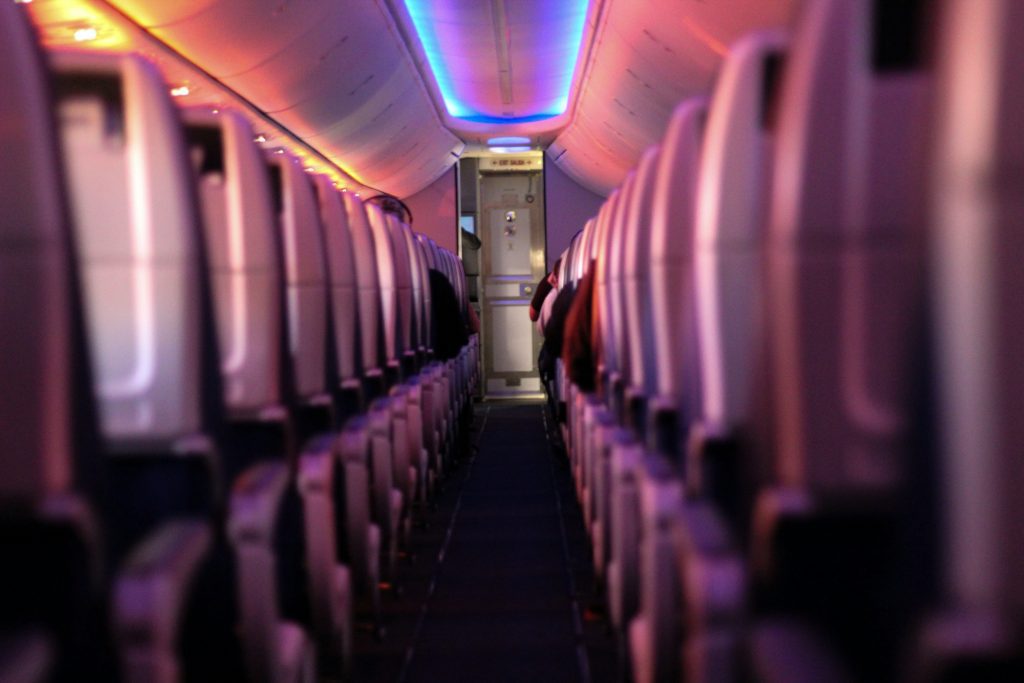Travel Smart: Staying Germ-Free While Flying
Traveling by air introduces you to a myriad of experiences, and unfortunately, germs are part of the package. However, understanding where these microscopic stowaways lurk and adopting preventive measures can significantly improve your journey’s health and comfort. Let’s embark on a healthier travel experience with these expert insights and tips.

Identifying High-Risk Zones for Germs on Airplanes
Air travel can expose you to various germs, transforming your seat and surroundings into mini hubs of bacterial activity. Key areas prone to germ accumulation include places frequently touched by passengers, such as overhead bin handles, tray tables, and armrests. The most critical of these, however, is often the headrest, coming into contact with countless passengers and rarely receiving thorough cleaning.
An informal exploration by a travel journalist using a germ-detecting swab kit highlighted the significant presence of germs on surfaces like the bathroom sink handle, tray tables, and other common touchpoints within the aircraft cabin. While such findings are not universally scientific, they underscore the necessity for personal vigilance in these shared spaces.
Understanding the True Carriers of Illness
Contrary to common belief, the primary threat of illness on planes doesn’t stem from the surfaces but from the close proximity to other passengers. The risk is particularly acute with airborne illnesses, where viruses are transmitted through the air we breathe rather than the objects we touch. Notably, on a plane, the circulation of air tends to be compartmentalized, meaning the risk of airborne transmission is generally confined to your immediate surroundings.
Practical Steps for Germ Defense
While it may seem intuitive to arm yourself with disinfectant wipes for every surface, health experts advocate focusing on personal hygiene as the first line of defense. Regular handwashing or the use of hand sanitizers can significantly reduce the risk of transferring germs from surfaces to your body. Keeping your hands clean and avoiding contact with your face can interrupt the chain of germ transmission effectively.
Additionally, wearing a mask, particularly during periods of heightened illness transmission, can provide a barrier against airborne pathogens. Masks have become a common accessory in the post-pandemic era, offering protection against more than just the novel coronavirus. They can shield you from a variety of respiratory ailments, especially in tightly packed environments like airplane cabins.
Vaccinations: Your Invisible Armor
Staying up-to-date with vaccinations is another critical step in protecting yourself from common travel-associated illnesses. Ensuring that you are vaccinated against the flu, COVID-19, and other relevant diseases can provide you with an added layer of defense, reducing your susceptibility to infections circulating among passengers.

A Proactive Approach to Healthy Travel
By identifying high-risk areas for germ exposure and adopting proactive measures such as maintaining hand hygiene, wearing masks, and keeping vaccinations current, travelers can significantly mitigate the risks associated with air travel. Remember, while you can’t control the cleanliness of every surface or the health of every passenger, you can take steps to protect your health, ensuring a safer and more enjoyable travel experience.
